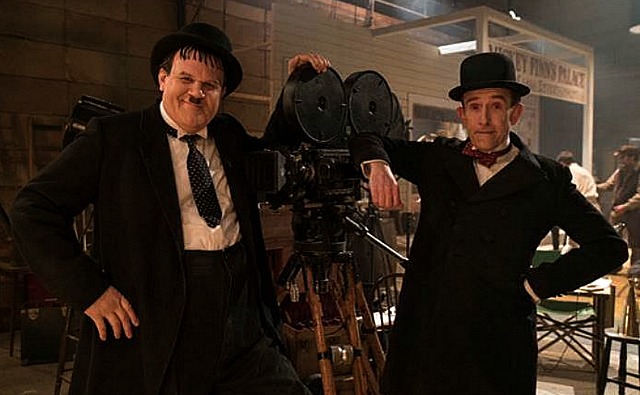Supporting HE excerpt #1: “Here is reason #1 why hinterland bubbas are squarely behind Donald Trump. Here are reason #2 and reason #3. They’re behind this megalomaniac because he’s leading the last-gasp charge in defense of a white heirarchy that ran the show as recently as 15 or 20 years ago. That era is over and the flannel-shirters who don’t have the right kind of skills for the 21st Century economy know it, but they’re nonetheless determined to go down swinging like Bill Holden, Ernest Borgnine, Ben Johnson and Warren Oates at the end of The Wild Bunch.” — from “Bubba’s Hurtin’ Too Much To Care,” posted on 5.31.16.
Supporting HE excerpt #2: “Ever since the fall of 2016, when Republican Senate Majority Leader Mitch McConnell privately turned down an Obama-administration proposal for a bipartisan warning to Russia not to interfere in the election, the underlying dynamic has been set: Most Republicans would rather win an election with Putin’s help than lose one without it.” — from Jonathan Chait’s 7.8.18 New York article, “Will Trump Be Meeting With His Counterpart Or His Handler?”
Supporting HE excerpt #3: “Roy Moore: “The hand of God…providence…put Trump into the White House.” [Few seconds later] “You could say that America is the focus of evil in the world.’ Guardian: “For example?” Moore: “Same-sex marriage.” Guardian: “That’s what Putin would say.” Moore: “Maybe Putin is right.” — from “Alabama Recalcitrance,” posted on 12.10.17.






